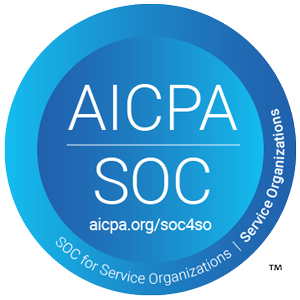In this series, Gretchen Hoffman, VP of Marketing at Brightidea, interviews team members about innovation program pain points, design thinking and success stories, capturing 15+ years of innovation program expertise to help enterprises enhance – or create – a culture of innovation.
The biggest struggle most enterprises face when it comes to innovation is making the leap from talking about great ideas to putting those ideas in action. It’s difficult because harnessing people-powered innovation requires an in-depth understanding of the pain points, goals and capabilities specific to your enterprise – plus the solutions speaking to each.
Fortunately, Genevieve Wang, VP of Product at Brightidea, recently examined each area, extensively. And she shares key insights around each in the interview below!
GH: Please share some stories that help frame why innovation is necessary.
GW: There are quite a few examples of opportunities lost and businesses going under due to their failure to innovate. An example everyone will remember is Kodak. For decades, it was the market leader; if you were taking photographs, you were likely using Kodak film or a Kodak camera. How did they miss the boat on digital photography? Kodak’s failure to innovate in digital ultimately caused it to be forced out of a market it helped create. Another example is Blockbuster. The video market moved to an on-demand model, and Blockbuster remained brick and mortar-focused for too long. Most of its stores have since closed and it’s now chasing after competitors when it could have been leading them.
GH: So if innovation is necessary, and most enterprises recognize that it is – why isn’t innovation happening across the board?
GW: Innovation IS happening to some extent at most large companies, but it isn’t always being done well. Managing innovation and taking it beyond a brainstorming session to action is an extremely difficult task. Many companies support one-off innovation efforts that experience varying levels of success, but these random acts of innovation fail to capture the lion’s share of great ideas waiting to be explored in an organization.
Beyond that, while there are ready metrics for pretty much every other function in an organization, how does one measure innovation success? It makes it difficult for one person or team to own the process, because doing so seems like a risk that offers little reward for their efforts.
GH: How – and what – are we changing this for enterprises? How are we adding value to this process?
GW: Our goal at Brightidea is to improve the enterprise’s overall innovation experience and success rate. We’ve built a powerful innovation platform that allows the enterprise to manage every aspect of innovation, from identifying and rating ideas through creating business cases, tracking outcomes, and reporting analytics. The surgical tools we provide allow innovation leaders to do precisely what they need to do to engage participants, from organizing hackathons to crowdsourcing creative solutions – and they’re all housed in one place. It’s really everything an enterprise needs to effectively manage innovation and see measurable outcomes.
GH: Is that what we mean when we say “design thinking?”
GW: Design thinking means deeply understanding the customer – their daily lives, struggles, and how they try to overcome roadblocks – then synthesizing that information to see patterns, and finally generating potential solutions that can be iteratively tested with the customer. Design thinking is messy. We pick up nuggets as we talk to people, we develop personas that allow us to live a day in their lives, and we create concepts and mock-ups on the fly as we learn about their specific needs.
We also take feedback really seriously. We want to hear from our customers, and we reach out to ensure we have their feedback. If a customer is suggesting a feature, we explore it from multiple vantage points, to try to get to the underlying need that’s driving the feature request.
GH: So you’re saying we are practicing what we preach?
GW: Yes! We’re always innovating on the platform and our own products. We support a very agile product methodology, pushing product updates every two weeks.
Is your enterprise innovating effectively? Share your successes below! And be sure to reach out to learn more about how we can help you make innovation part of your organization’s culture.


